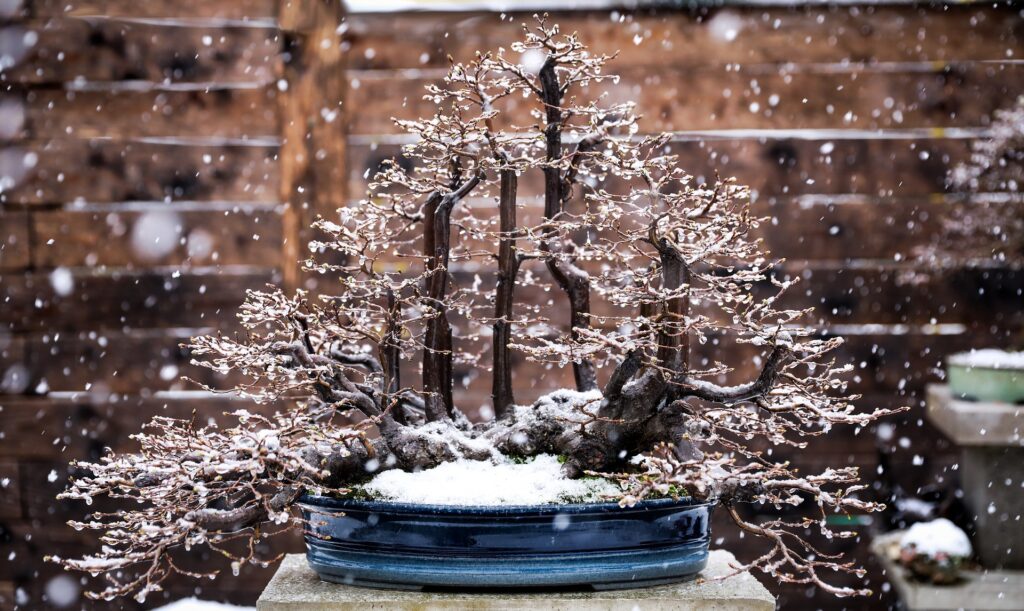The Classification- Shapes & Styles of Bonsai
Shapes and styles of Bonsai –
Bonsai is an art form that involves growing miniature trees in containers. There are many different bonsai shapes and styles, each with their own unique characteristics and aesthetics. Some of the most common bonsai shapes and styles include:
These are some of the bonsais created and sold at www.delhibonsai.com. We style each bonsai on a style.
The Classification-Shapes and styles -Bonsai – Indian Bonsai Delhi Twin Trunk, forest style, cascade, shari, multi trunk gift bonsai online classes learn bonsai.
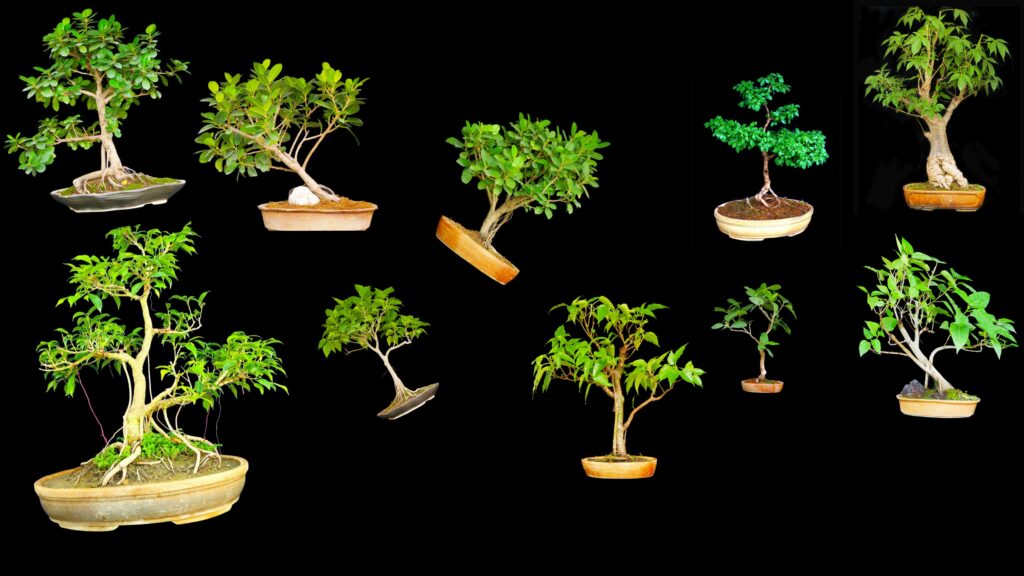
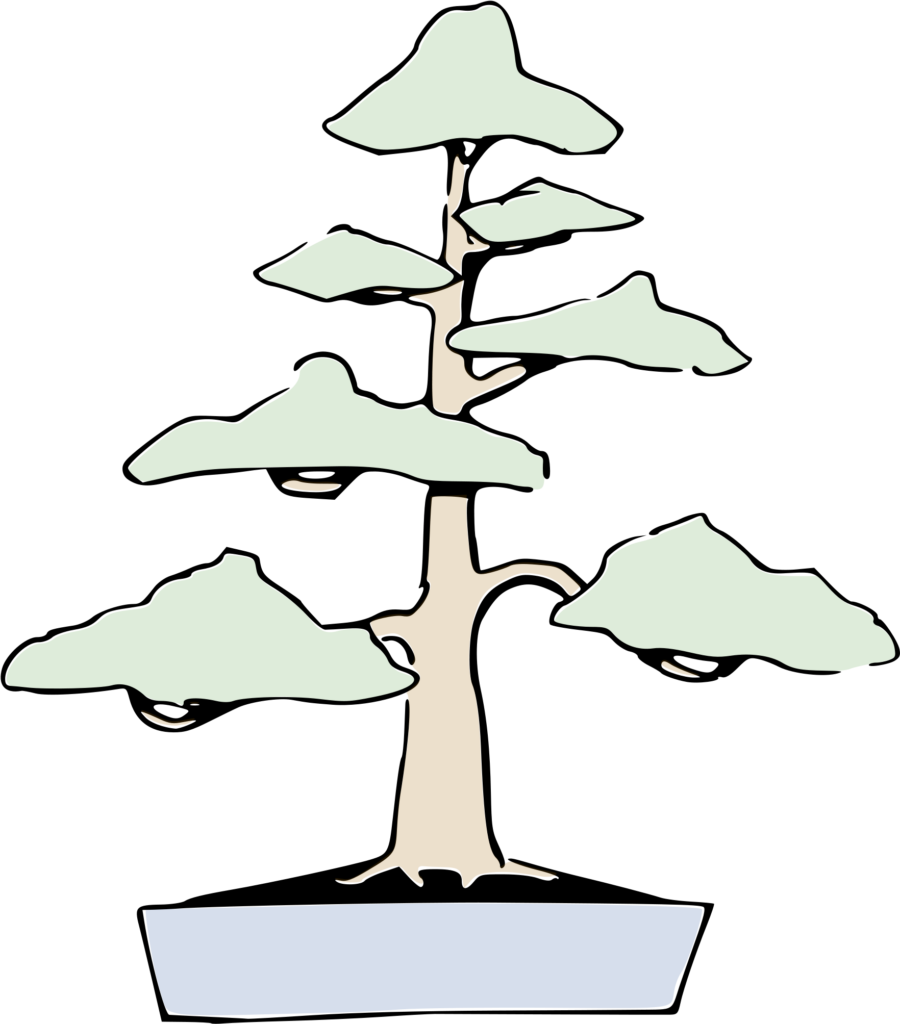
Formal Upright Style:-
The trunk of the bonsai is straight and tapers gently towards the top. The branches are arranged symmetrically and gradually decrease in size from the bottom to the top of the tree. This style often seen in nature, when the tree is exposed to lots of light and does not face competition from the nearby trees. The top of the tree must be formed by a single branch; the trunk should not go till end of the entire height of the tree. This is most difficult shape and style of bonsai to make and maintain. Not all varieties can be converted to this bonsai style
Informal Upright Style:-
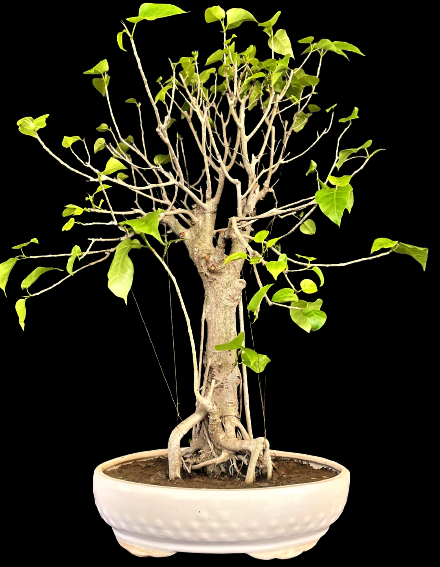
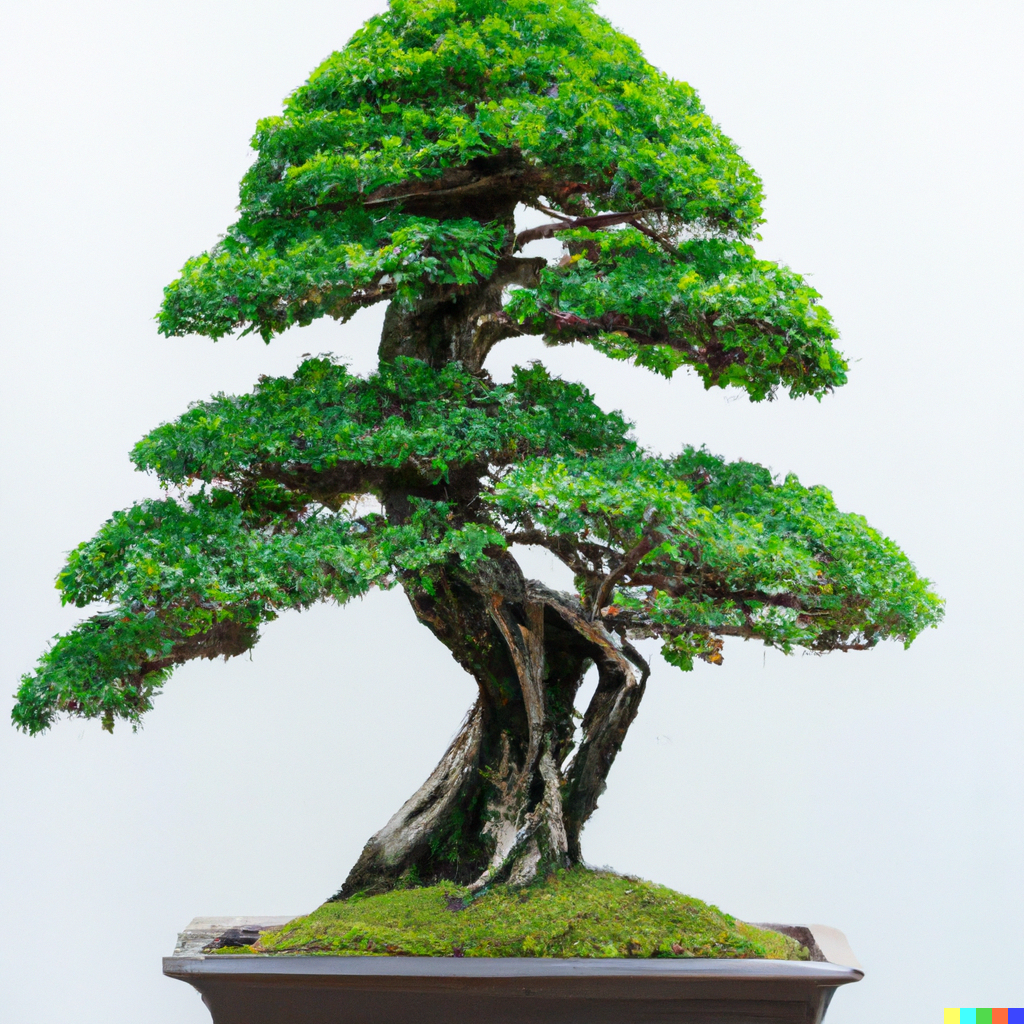

Slanting Style (Shakan):
In this style, the trunk of the bonsai is slanted to one side, as if it has been blown by strong winds. This type of trees are often found on cliff and small mountains or in rocks. The roots are well developed on one side to keep the tree standing. On the side toward which the tree is leaning, the roots are clearly not as well developed. The starting branch grows in opposite direction of the tree, in order to create a sense of visual balance. The trunk can be slightly bent or completely straight, but still be thicker at the bottom than at the top.
Cascade Style (Kengai):
The Kengai style, also known as Cascade Style, is a bonsai tree technique that creates the illusion of a tree cascading down a rocky cliff. The trunk and branches are carefully curved downward, resembling a more angled version of the slanting style bonsai trees. To achieve this shape and style of bonsai a specially designed pot is required, as it gives the appearance of a plant growing naturally on a steep cliff that has been forced to bend downward due to various environmental factors such as snow, falling rocks, landslides, or cracks in the rocks. Additionally, the branches must grow out horizontally to maintain the tree’s balance.
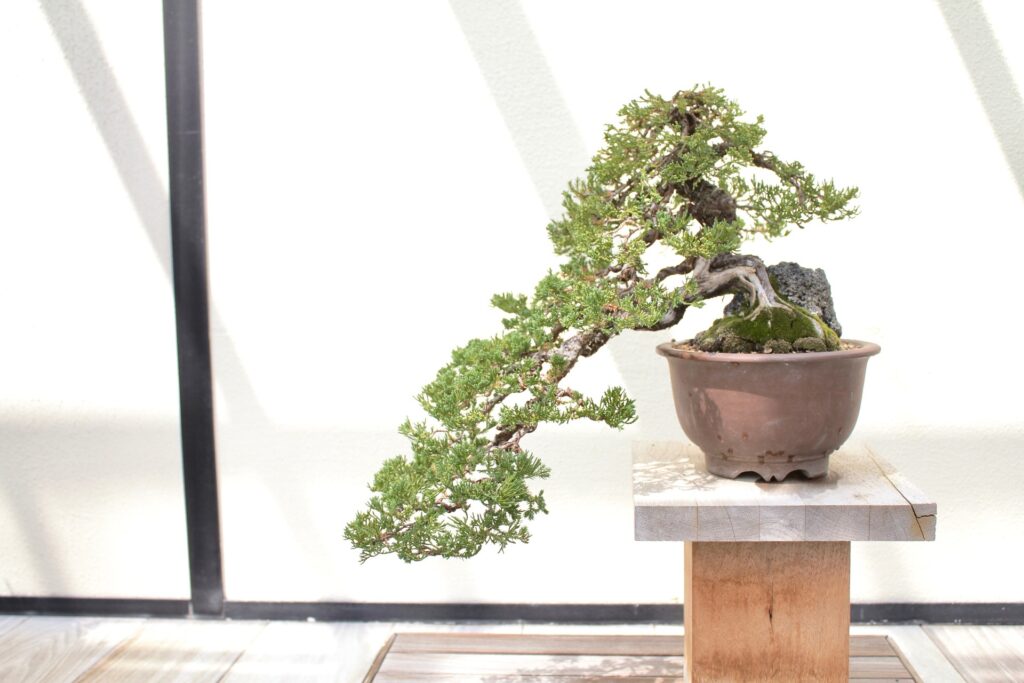
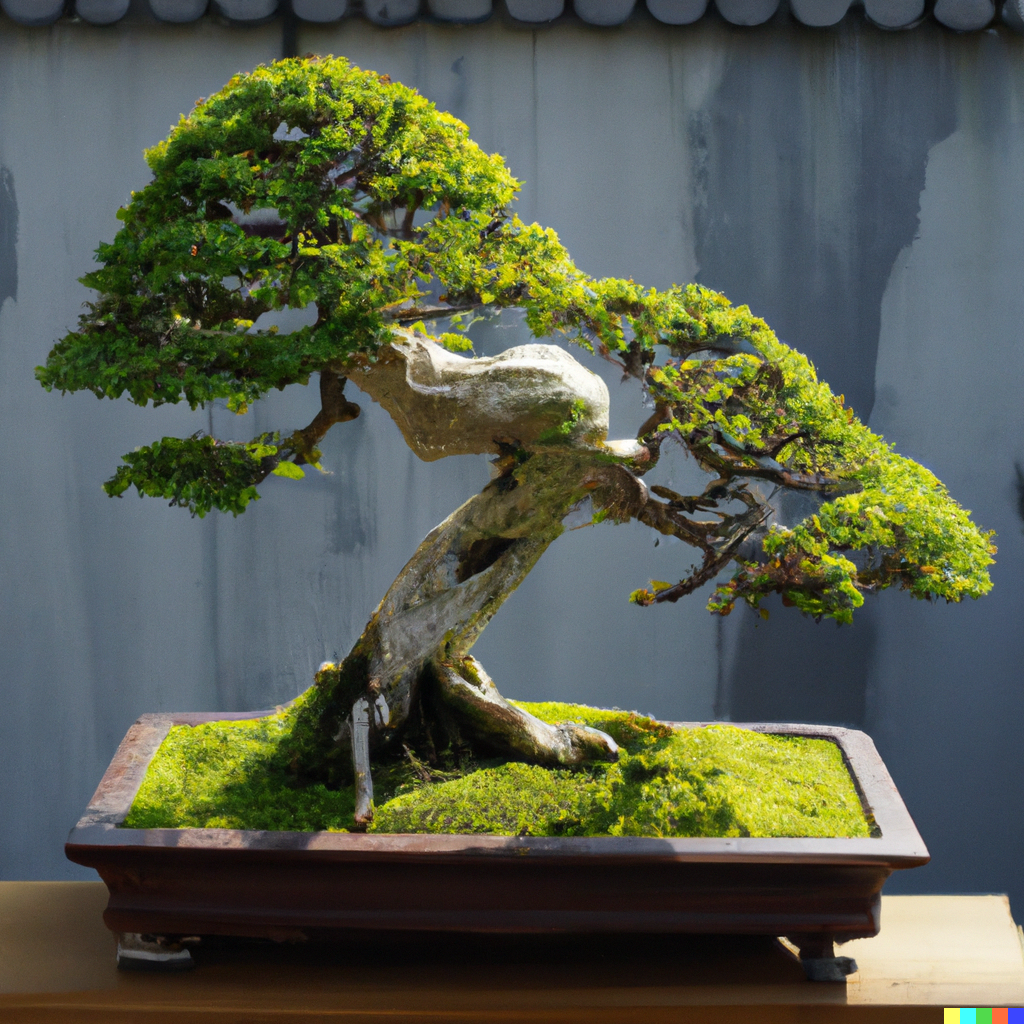
Semi cascade Style:-
Similar to the cascade style, the semi-cascade style of bonsai tree mimics the natural growth patterns found on cliffs, riverbanks, and lakeshores. In this style, the trunk initially grows upright for a short distance before bending downwards or sideways. However, unlike the cascade style, the trunk of a semi-cascade tree will not extend below the bottom of the pot. The crown of the tree is typically positioned above the rim of the pot, while the subsequent branching occurs below it.
The Literati Shape and style of Bonsai:-
also known as Bunjingi, is inspired by the natural growth of trees in densely populated areas where competition for sunlight is fierce. In such areas, trees must grow taller than all others around them to survive.
This style is characterized by a crooked, upward-growing trunk with no branching, as the sun only reaches the top of the tree. To enhance the appearance of resilience, some of the branches may be stripped of their bark, creating what is known as a “Jinned” branch.
Additionally, the bark may be removed from one side of the trunk, referred to as a “Shari,” to illustrate the struggle that the tree has faced. The Literati style often uses small, round pots to showcase the tree’s unique growth pattern
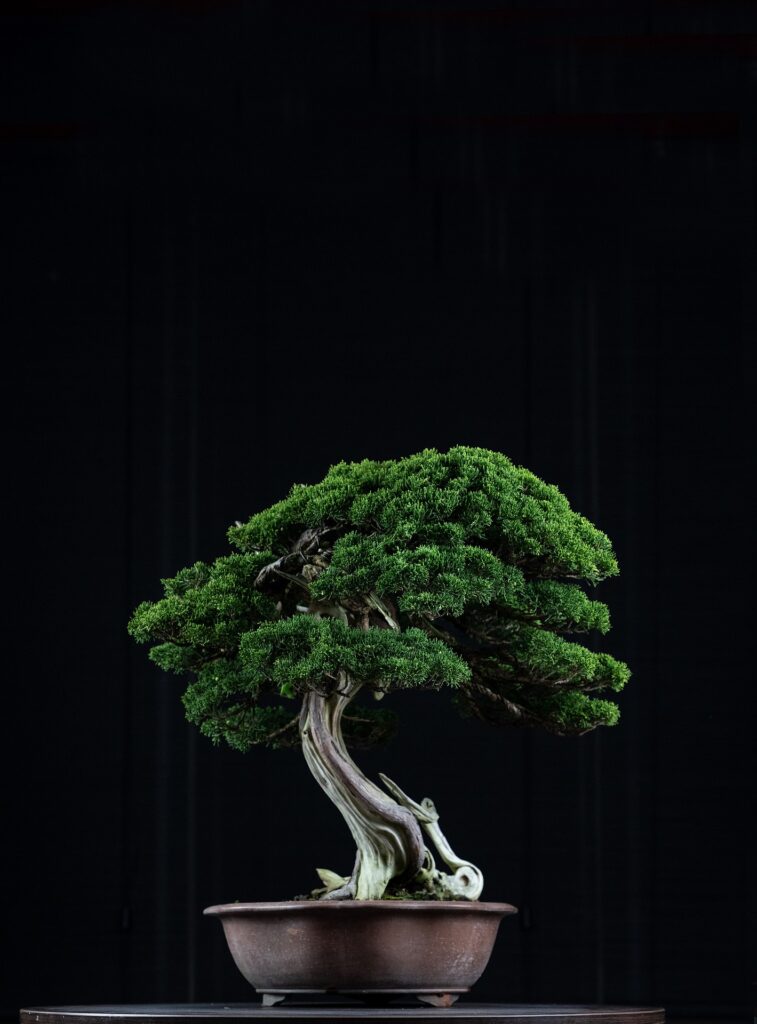
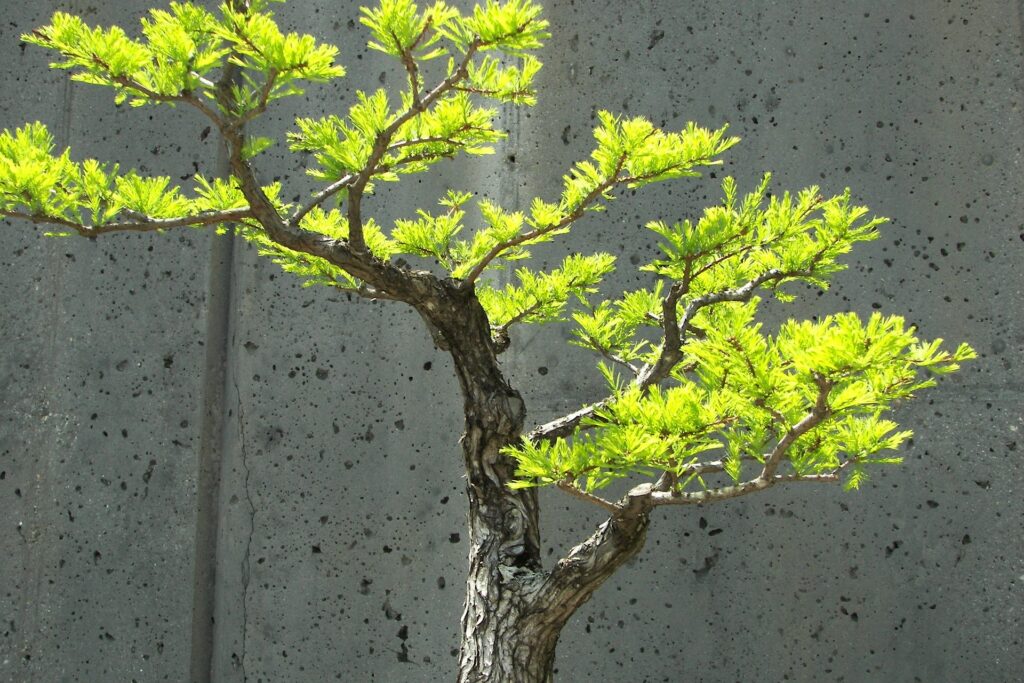
The windswept Shape and style of Bonsai:-
Bonsai is designed to mimic trees that have been shaped by strong and persistent winds. In nature, trees growing in coastal areas or high altitudes often face harsh wind conditions, which can cause their branches and trunks to bend and grow in one direction. The windswept style attempts to recreate this unique growth pattern in a bonsai tree.
The trunk of a windswept bonsai tree will be straight at the base and will gradually curve towards one side, as if the wind has been pushing it in that direction. Similarly, the branches of the tree will grow out on all sides of the trunk, but they will all eventually bend towards the same direction, giving the tree a striking and dynamic appearance.
This style emphasizes the resilience and adaptability of trees in harsh environments. It also demonstrates how bonsai artists can take inspiration from the natural world and recreate it in their art. Creating a windswept bonsai requires careful planning and pruning, as well as an understanding of how wind and other environmental factors can impact a tree’s growth.
Twin Trunk Bonsai:-
While the double trunk style is commonly found in nature, it is not as frequently utilized in the art of bonsai. Typically, both trunks of a double trunk bonsai tree will grow from a single root system. However, it is also possible for the smaller trunk to emerge from the larger trunk just above the soil line. The two trunks will differ in both thickness and length, with the thicker and more established trunk growing nearly upright, while the smaller trunk grows at a slight slant. Together, the two trunks will support a single crown of leaves or canopy.
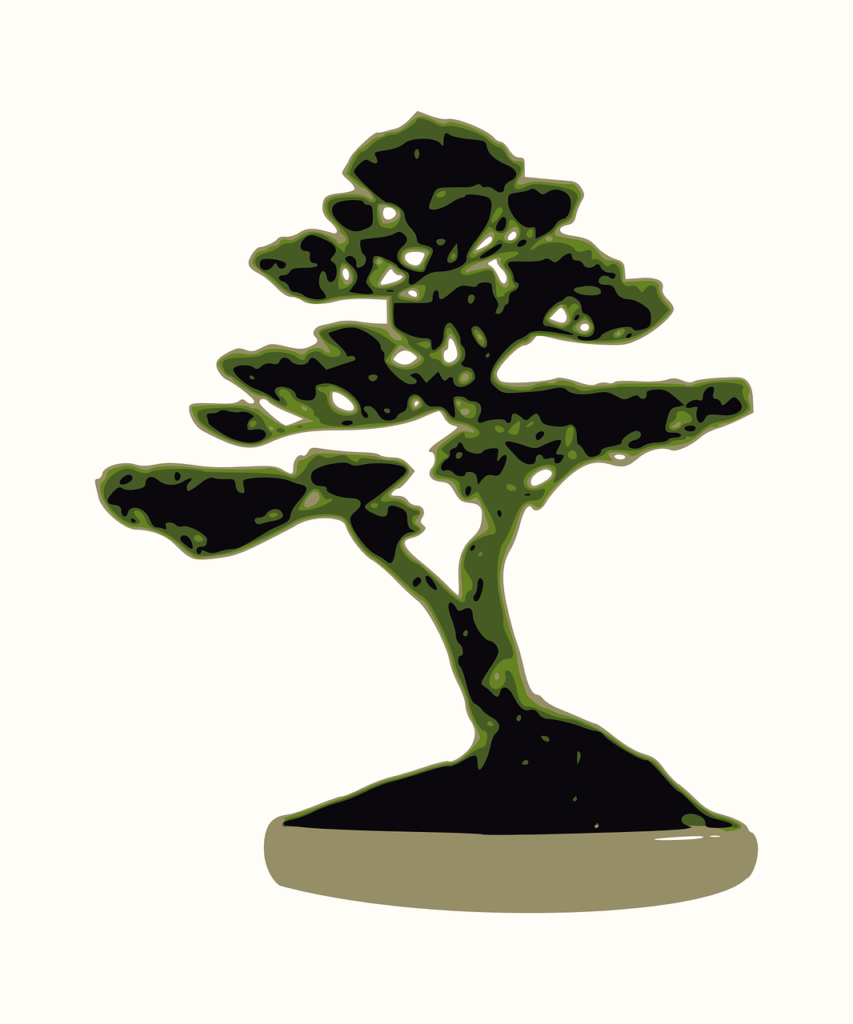
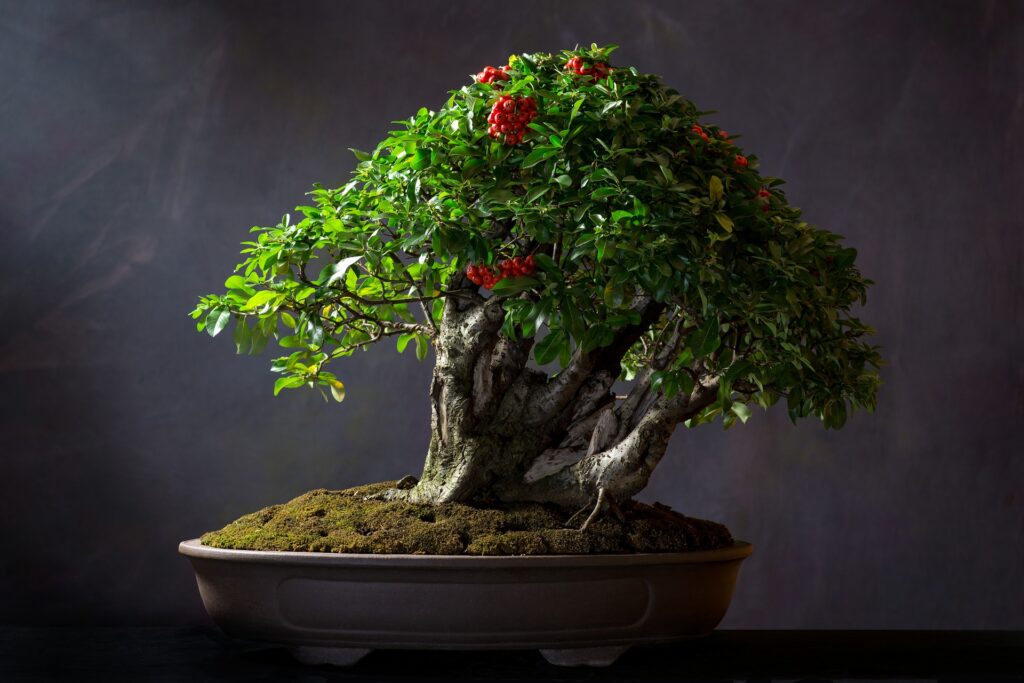
The multitrunk bonsai:-
also known as Kabudachi, is similar to the double trunk style, but with three or more trunks. All trunks grow from a single root system, creating a cohesive single tree structure. The leaves of all trunks combine to form a single crown, with the thickest and most mature trunk positioned at the top
The forest bonsai style:-
known as Yose-ue, shares similarities with the multitrunk style, but is distinguished by the use of multiple trees rather than a single tree with multiple trunks. In this style, the most mature trees are placed in the center of a wide and shallow container, with smaller trees planted on either side to form a unified canopy. To create a more natural and realistic appearance, the trees are not planted in a straight line, but rather in a staggered pattern.
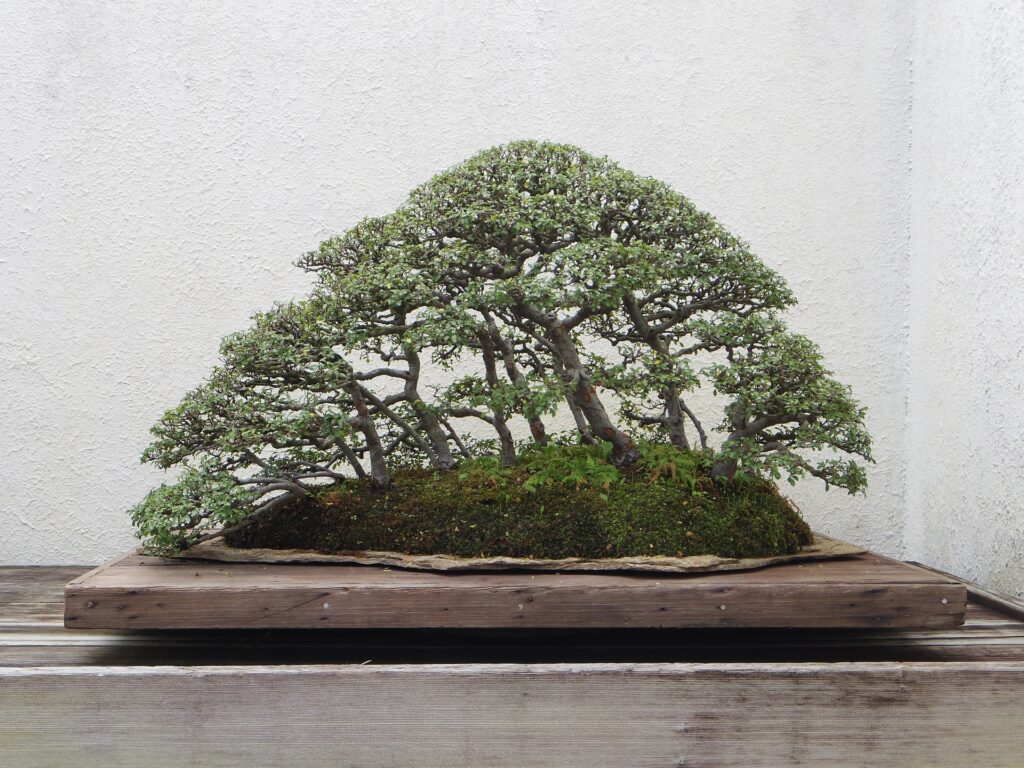
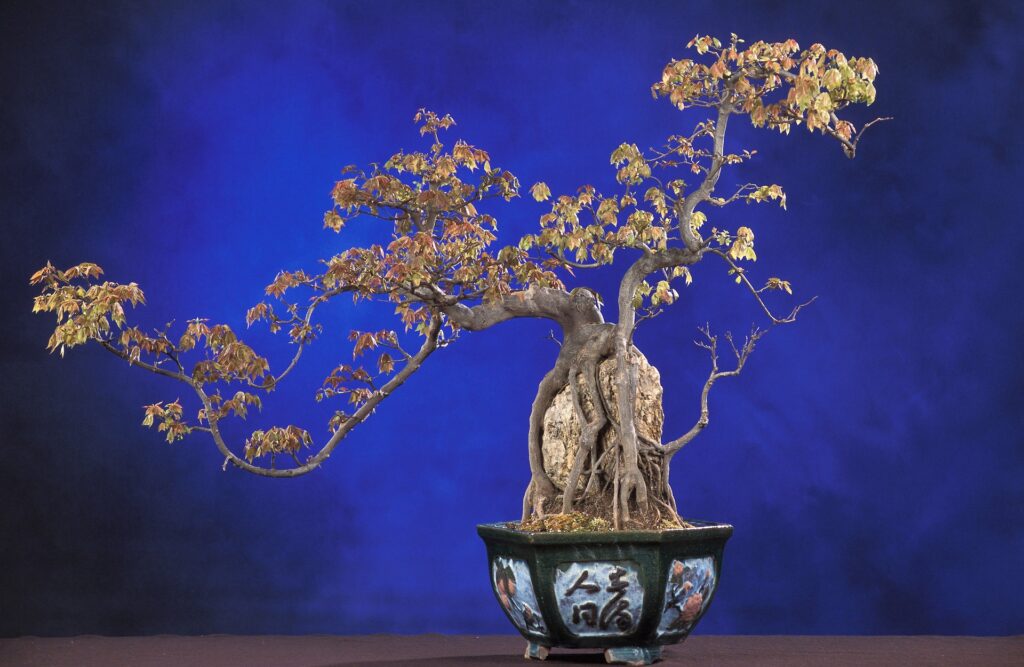
On the Rock Bonsai:-
The Seki-joju or growing on a rock bonsai style is inspired by the way trees grow on rocky terrain, where they must search for nutrient-rich soil in the cracks and crevices of the rocks. To protect their roots from the harsh sun, a special bark grows around them. In bonsai, this style is achieved by allowing the roots to grow over a rock and into the pot, creating a striking visual effect. Caring for this type of bonsai is similar to caring for other styles. The Juniper bonsai is a popular choice for this style, but even tropical varieties such as the Ficus bonsai can be suitable as well
Raft Style Bonsai:-
The Ikadabuki or raft bonsai style is inspired by the survival mechanism of trees with cracked trunks. When a tree is damaged, it may survive by pointing its branches upward, while the old root system continues to provide nutrients. Over time, new roots will start to grow, taking over the function of the old root system. The old branches will eventually develop into trunks with multiple branchings, resulting in a single canopy. This style is achieved by planting a section of the tree with the branches pointing upwards on a flat surface, such as a slab or a tray, and allowing new roots to grow from the branches. With time, new trunks will develop and contribute to a single crown
